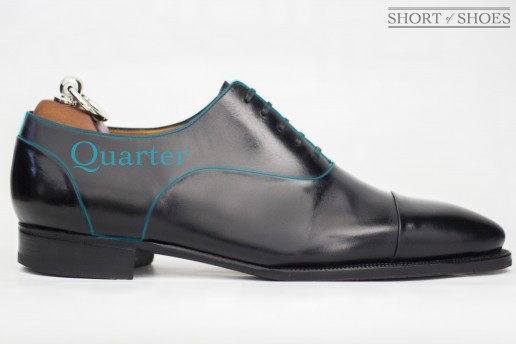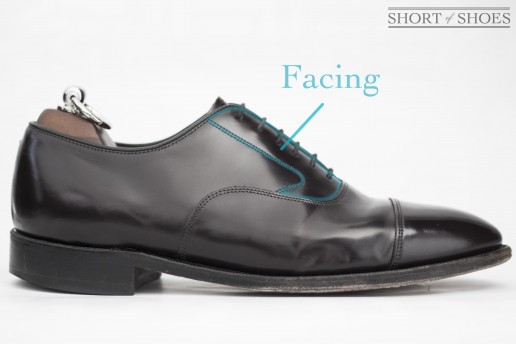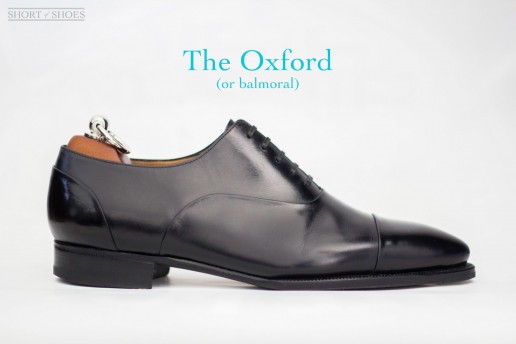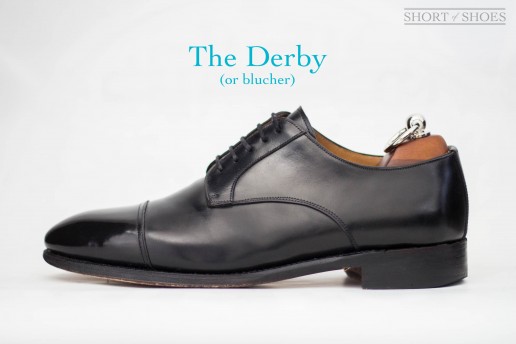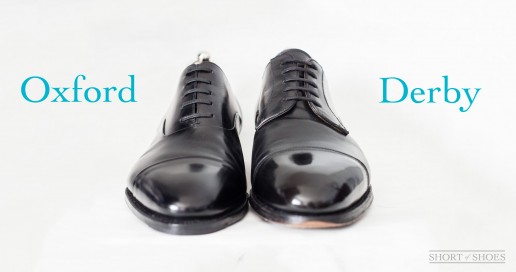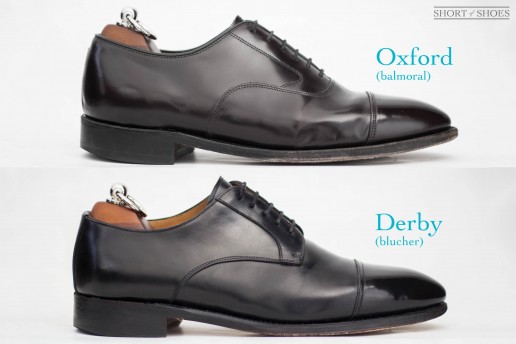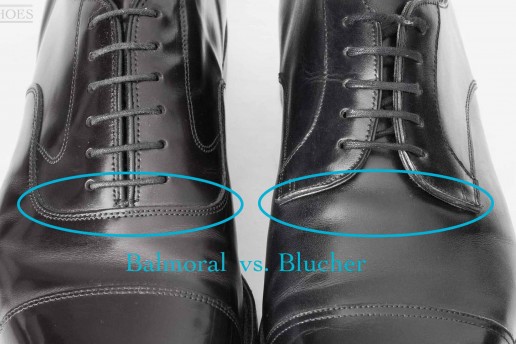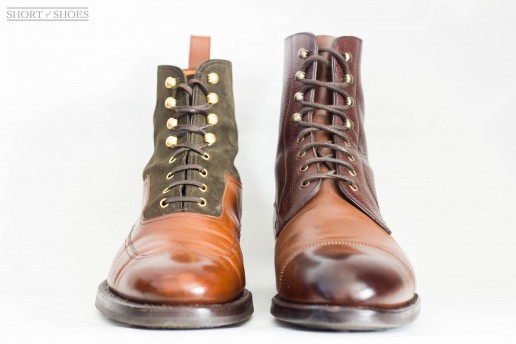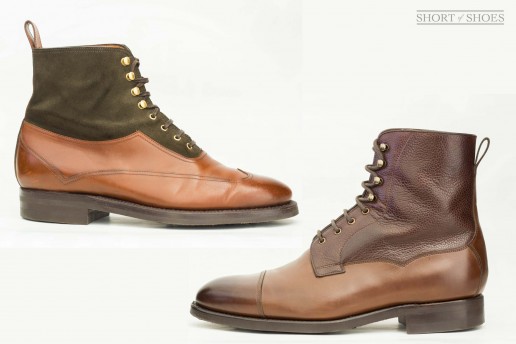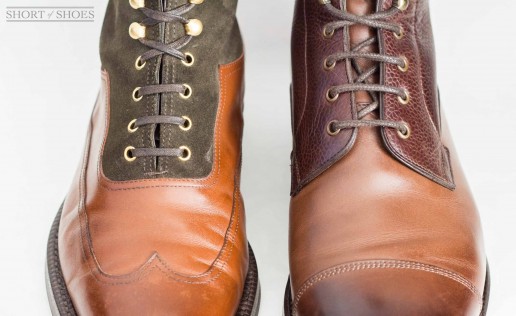Oxford vs Derby: A Visual Comparison in High Definition
The oxford vs blucher explained.
First, let's start with what makes a dress shoe an oxford. Simply put, an oxford shoe is distinguished by the facings of the quarter being sewn underneath the vamp. It’s referred to as having a closed lacing system.
In contrast, a derby shoe is an exact opposite. The facings of the quarter are sewn over the vamp. It's often called an open lacing system.
Let’s go back to the basics of shoe anatomy to define the facings, vamp and quarters so you know exactly what I’m talking about. I'll be using examples from Enzo Bonafé, Meermin of Mallorca and Johnston & Murphy.
The Vamp
The vamp is the front part of the shoe upper and it covers the area where your shoes crease the most when you walk. It meets the quarters near the middle of the shoe. Generally speaking, the shoe upper is made of only two parts; the vamp and quarters. For illustration purposes, I'm breaking those two parts down even further.
The Facings
The facings are a specific part of the quarters containing only lace eyelets of the shoe. It doesn't include the rest of the quarters that extend towards the heel. It could be the same piece of leather as the quarters or a separate piece. It's typically defined by a stitching line running adjacent to the eyelets, but some designs omit this for a more minimal look.
If the quarters are sewn on top of the vamp, it's no longer an oxford, but it becomes a derby or blucher style shoe instead. The derby is also popular, if not more popular than the oxford today. If the shoe has no laces, it's categorized differently like a loafer, monk strap, chelsea or other categories. Boots are also considered either oxford or derby in style, by identifying the same construction as mentioned above.
While this may sound simple enough, it’s a little difficult to discern at first. So I’ve included photos of two shoes, nearly identical in style aside from one being an oxford and the other a derby. Keep in mind the oxford, in this case, has hidden stitch seams.
So now you should be able to tell an oxford vs derby. If not, here's another comparison photo, this time both shoes are showing their stitch seams which makes it easier to spot.
For the sake of comprehension, some oxford vs derby boots photos.
With these two-toned boots, you can easily tell which one is the oxford and derby. What's interesting to see here is that the vamps are differently shaped from the shoe examples above and only the facings of the derby boot lay on top of the vamp. The rest of the quarters are tucked behind the vamp on the derby boot this time.
An oxford vs derby, now you know the difference!
Here are a few other things you should when comparing an oxford vs a derby.
1. Oxfords are always more formal than derbies.
2. Oxfords are also called balmorals or "bals" for short.
3. Derbies are also called bluchers.
4. Lacing oxfords: the laces on balmoral shoes should ALWAYS be laced straight. It’s nearly a sin to lace them up crisscrossed like sneakers.
5. Lacing derbies: it's okay to cross the laces on bluchers. But it's better to lace them straight if you're looking to be more formal.
6. A proper fitting oxford, with its closed lacing system, should close all the way. That means the facings meet and touch each other. There should not be a “V” gap that forms a between the facings. When buying a new leather oxford, this is something you should look for regarding fit. There should be a small V formed when tightened all the way on new leather shoes. Once the shoes have broken in and the leather has stretched, the gap should close if the fit is proper. Finding shoes that fit well is easier said than done.
7. Since derbies have an open lacing system, the facings should have a gap and not be touching. Otherwise, the shoes may have an instep that is too high for you.
8. Many casually throw around the term oxford to describe dress shoes in general, this is an obvious incorrect usage of the word by the unenlightened.
So there you have it, the oxford vs derby is now much easier to discern from each other I hope. Keep an eye out for my future articles on the shoe types apart from oxfords and bluchers. Those are a bit easier to tell apart the differences!

